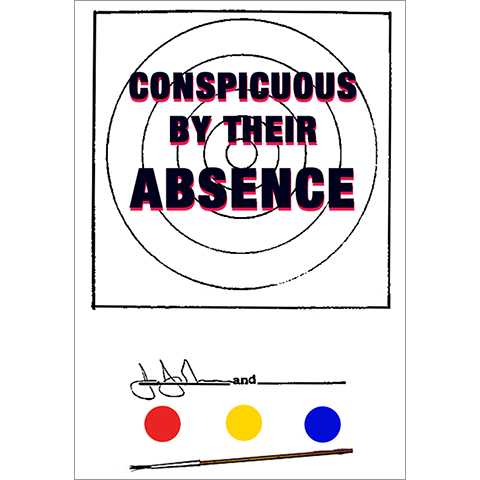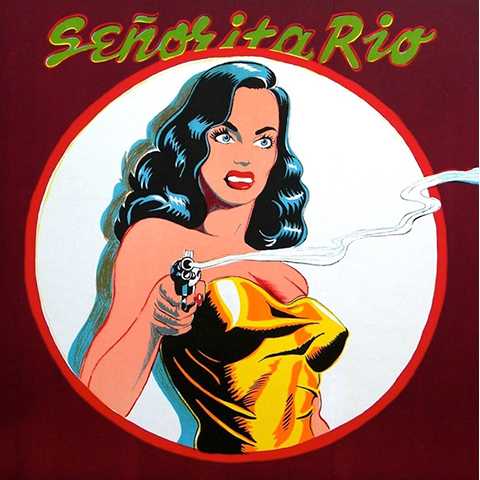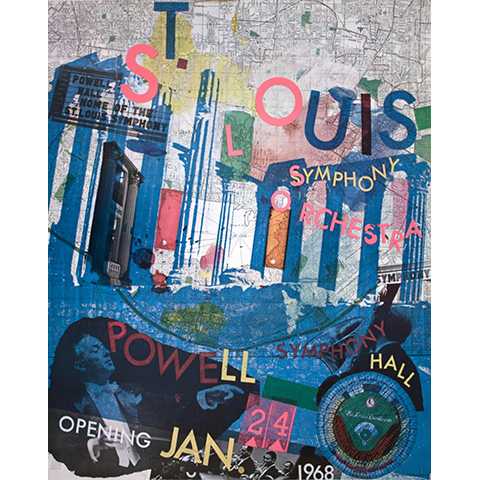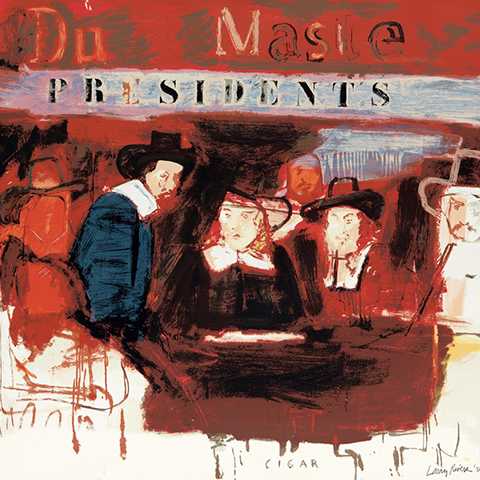A&D Gallery
51 Chiltern Street
London
W1U 6LY
United Kingdom





A&D Gallery is delighted to present works from important American Pop Artists, excluding the works of Warhol & Lichtenstein.
The decision to mount this show was inspired by visits to recent exhibitions in London and Europe. While the refreshing, 'East Goes Pop', at the Ludwig Museum in particular, managed to invigorate the genre, recent London exhibitions have tended to use the works of Warhol and Lichtenstein as emoticons for the movement or, widened the definition of Pop to such a degree as to render the term almost meaningless.
As a small, private gallery we have an opportunity to exhibit works that benefit from an intimate viewing environment and will in turn give context to the 'blockbuster†works.
American Pop Art was born out of the influence of Nouveau Realisme and the homegrown Neo Dada movement. Duchamp and the hothouse atmosphere of the Black Mountain College inspired the inclusion of everyday objects as a subject and as a material. Though Pop artists did not consider themselves as being a part of a unified movement, the exhibition will include over 50 works from such artists as: Jasper Johns, Jim Dine, Claes Oldenburg,Tom Wesselmann and lesser-known names such as Red Grooms and HC Westermann who defined and gave intellectual substance to the genre.
In addition, we will show the artists who brought a European twist to the nascent movement. Richard Lindner's often frightening eroticism and Arman's Accumulations are Pop Art master-works that continue to influence contemporary art.
Rauschenberg's collage rubdowns and combines redefined art as LIFE, removing the gap between fine and urban art. James Rosenquist and Robert Indiana both repurposed the skills of the Billboard and Sign painters to make fine art that reflected the commercial imagery that was omnipresent.
The exhibition will include West Coast artists whose work expressed a cool Californian approach to their environment such as Wayne Thiebaud, Mel Ramos, Ed Ruscha and the godfather of Appropriation Art, Richard Pettibone.
Artists such as Ray Johnson, and Larry Rivers may not have considered themselves Pop but their approach and methodology were symbiotic to the movement.
Finally, the exhibition looks at the work of American artists who have developed and refined Pop Arts tenets such as the urban artists Keith Haring and Shepard Fairey and the critically divisive Jeff Koons.
A survey of American Pop Art without Lichtenstein or Warhol is, we believe, a brave idea that offers a deeper incite into the circumstances of the movements inception and future.
